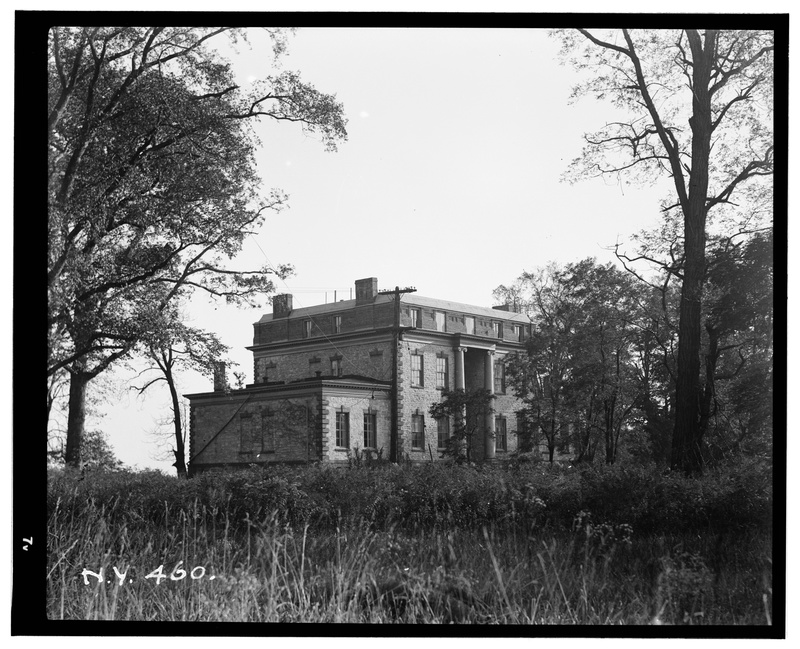4. Hunter Mansion, Hunter Island

In 1804, John Hunter purchased an island in the Long Island Sound, just off the northeast coast of the Bronx. The island had gone by many names up to that point. First occupied by the Siwanoy Indians, it was acquired by Thomas Pell in 1654 and became Pell’s Island. It was also known as Pelican’s Island and Appleby’s Island when Hunter purchased it. On the island, Hunter built a large stone and brick mansion for himself and his wife, Elizabeth Desbrosses in 1811.
The mansion cost $40,000 to build, but the treasures kept inside were worth much more. Hunter filled his mansion with old master paintings by the likes of Rembrandt, Rubens, van Dyck, and da Vinci. His collection of over 400 pieces was estimated to be worth $130,000 at the time. Hunter Mansion was one of the dozens built in the Pelham Bay area in the 19th century as wealthy New Yorkers sought more space and proximity to the water for their summer getaways. In 1866, Hunter’s heirs sold the summer home on the island to former Mayor of New York Ambrose C. Kingsland. Kingsland entertained dignitaries including President Martin Van Buren. After Kingsland, a few other owners had control of the property until it was eventually sold to the City of New York in 1889.
The mansion soon became the “Holiday House” of the Little Mothers Aid Association, a children’s welfare house that helped young girls. By the 1930s, the once grand mansion had fallen into disrepair. In 1937, Robert Moses decided to connect Hunter Island with Rodman’s Neck and Twin Islands to be part of Pelham Bay Park. Moses’ $8 million project resulted in the creation of Orchard Beach, a 6,800-car parking lot, a pavilion, a bathhouse complex, and a promenade. It also entailed the demolition of the Hunter Mansion.
Today, Hunter Island is the Hunter Island Marine Zoology and Geology Sanctuary. That part of the park features tidal wetlands and woodlands, old oak trees, and nature trails.





